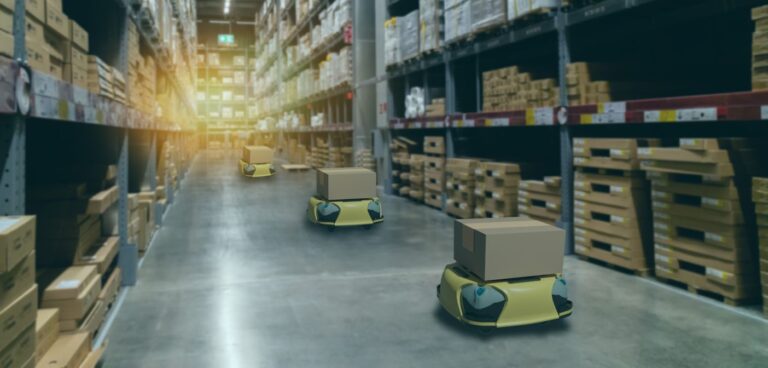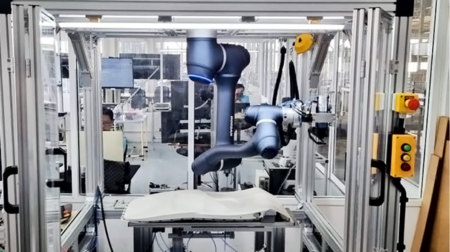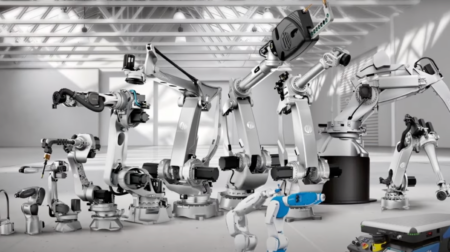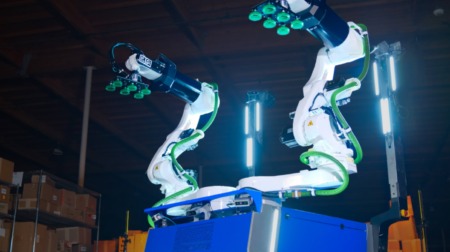Revenues from robotics deployed in warehouses will have a compounded annual growth rate (CAGR) of over 23% from 2021 to 2030 and exceed US$51bn (£37bn) by 2030, according to global tech market advisory firm ABI Research.
Findings from ABI Research’s Modern Fulfillment Trends: Warehouse Robotics, Handheld Devices and Wearables technology analysis report claim that the warehousing industry has ramped up its automation efforts considering increased order volumes and labour shortages fuelled by the pandemic.
In addition to technology solutions such as augmented reality-powered smart glasses and handheld devices with enhanced capabilities, autonomous, collaborative, and mobile robots are proving to be the most popular and fastest growing productivity enhancing solution in the warehouse workspace, said the report.
“Mobile robots are at the heart of the warehouse robotics market and account for most shipments and revenue,” said Adhish Luitel, industry analyst, supply chain management and logistics at ABI Research. “These robots, made up of autonomous guided vehicles and autonomous mobile robots, are being used to move goods within the warehouse and being integrated within wider automated or manual workflows.”
The report goes on to state that, commercially in the warehouse sector, robotics has moved from the early exploration phase to a more mature market in which early adopters are benefitting from live implementations of fully capable technical solutions.
Furthermore, according to the report, as a sign of the growing maturity of the market, a wide number of vendors now offer compelling products and solutions. The surrounding ecosystem of software vendors and systems integrators is also reportedly maturing, as software and integration capabilities become increasingly important factors for commercial differentiation.
ABI Research has assessed fulfilment and warehousing processes of dominant operators such as Penske, A. Duie Pyle, Amazon, and JD.com to evaluate the efficacy of deploying solutions and friction points that might arise. The report states these companies have been reaping the benefits of enhanced key performance metrics such as shorter dock-to-stock cycles and improved inventory accuracy thanks to successful deployment of various automation and vision-based solutions in their day-to-day operations.
“In addition to robots, warehouse operators should be seeking to combine the value of multiple solutions across the fulfilment workflow to achieve desired results,” said Luitel. “There is also a need for operators to look beyond productivity and assess how technologies affect worker satisfaction and safety, worker comfort, energy consumption, distance traveled, and error rates.
“We can also expect intelligent automation solutions to influence processes across the supply chain,” he continued. “In the future, operators will be venturing further into solutions like robotic process automation and mobile warehousing.”








